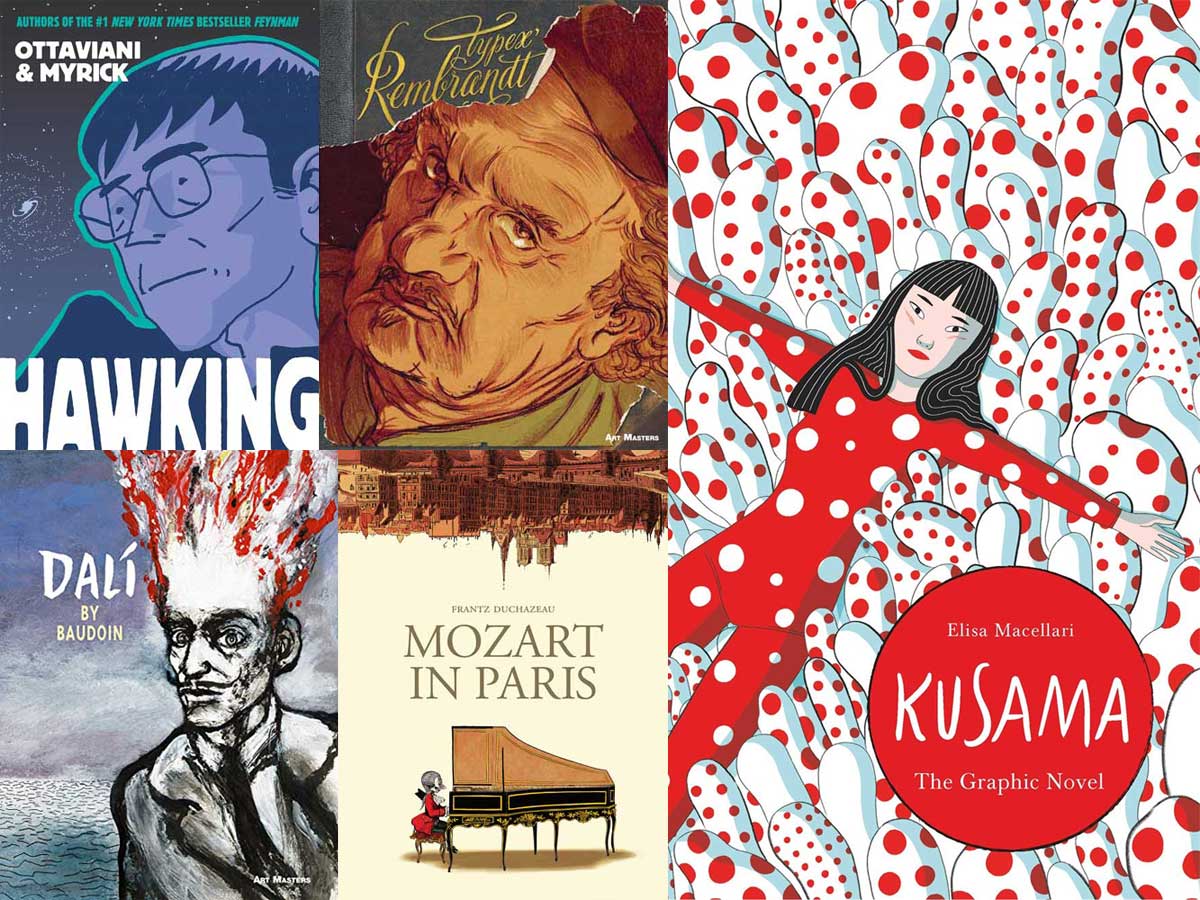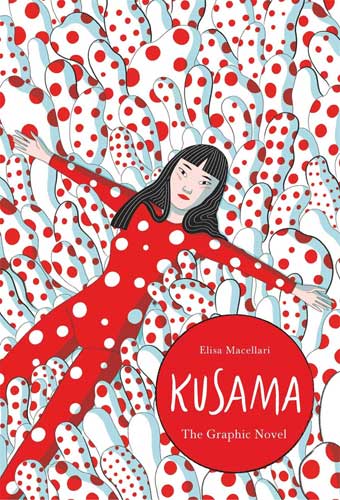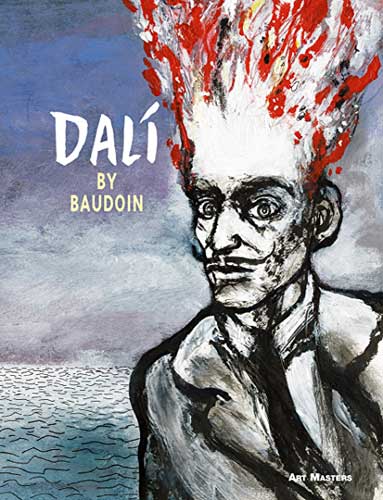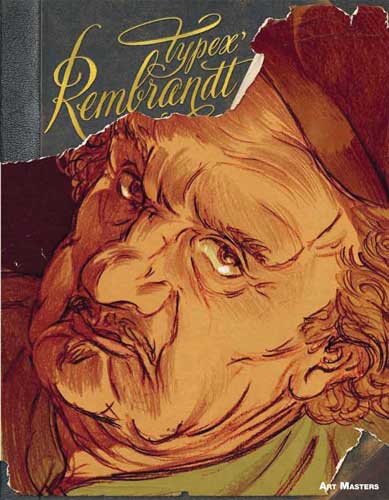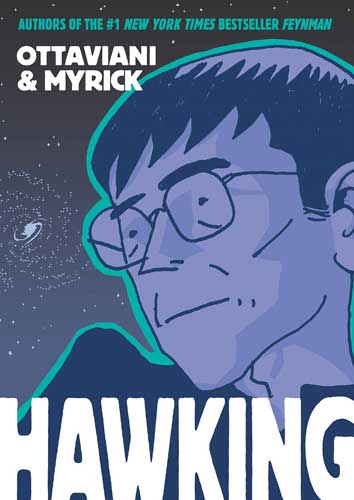Comic books are a fascinating medium for biographies, and I love the way that they allow for different approaches to illustrating somebody’s life. Whether they’re literal or metaphorical, they can convey personality and spirit in a way that can be hard to capture in words alone. Today’s stack includes five biographies: four are about artists, and the last is about a scientist. (I’ll note that these particular biographies are mostly more suited to adult readers than kids.)
Kusama: The Graphic Novel by Elisa Macellari
I hadn’t actually heard of Yayoi Kusama until a few years ago, when she had an exhibit in Seattle. My wife was able to take our older girls to see it, so I learned a bit about her secondhand—but even that was primarily about her contemporary art, and I didn’t know much about her background.
This comic book provides a broader look at her life, particularly in the way that her artwork is tied to her struggles with her mental health and sometimes served as a way to battle her fears. Macellari uses a lot of fanciful images, incorporating things like polka dots and repeated patterns drawn from Kusama’s artwork as visual metaphors, and switching between realistic and imaginary scenes.
The book begins by showing Kusama’s difficult relationship with her parents, who did not want her to leave Japan for the United States and felt that art was not a suitable profession for a woman. In New York, her career took off and she rubbed elbows with the likes of Andy Warhol and Salvador Dalí. In addition to her paintings, she also orchestrated performance art that often involved body painting and sex—another phobia that she used artwork to overcome. But then she returned to Japan due to her health, and it seemed like America forgot her for nearly 20 years. Meanwhile, she checked herself into a psychiatric hospital, where she continued to make artwork.
Kusama’s life is compressed in this book—we just get glimpses of a few periods throughout her life—but it is enough to show the way that artwork has been a constant part of her life. Since I didn’t know much about her background, it was a fascinating introduction to her story, and the comic book medium allows Macellari to show us the world through Kusama’s eyes, at least a little. Kusama will be available in September 2020.
Dalí: Art Masters Series by Baudoin
Here’s another artist with a fascinating story: Salvador Dalí. I knew a bit more about Dalí, but this particular comic book tells his story in an unusual way. The book incorporates a lot of Dalí’s symbolism in its illustrations: ants, grasshoppers, crutches, and so on, and is a bit surreal itself. A lot of the text is a conversation between a man and a woman on the beach, telling each other about Dalí, while scenes from his life play out before us. In some instances, we see how various elements that appear in his paintings are tied to events from his life. There are also places where the book’s artist inserts himself into the conversation as well, discussing the way that he is creating the book that you’re currently reading.
Most of the book is black and white, but there are bursts of color at times, too. Although Baudoin uses imagery from Dalí’s works, his style is not the same: it’s less smooth and polished, and instead looks scratchy and rough. It doesn’t present the story in a straightforward manner; it’s dreamlike and surreal. That seems appropriate, of course, but can also be somewhat disorienting. I think it makes a good introduction to Dalí’s character and personality, and may inspire readers to look up images of Dalí’s work while they read.
Rembrandt: Art Masters Series by Typex
Here’s another book in the Art Masters Series, a biography of a Dutch artist written and illustrated by another Dutch artist. Typex also created the comic book biography of Andy Warhol that I wrote about a couple years ago, and this book is comparable (though not quite as long): it has gilded edges, and the cover is made to look like a black leather book with a partially torn paper dust jacket. The illustrations are an homage to Rembrandt’s style, with a lot of earth tones, sometimes finished illustrations and sometimes black-and-white sketches.
Rembrandt is divided up into various chapters, most focusing on a specific person in Rembrandt’s life (though there is one chapter about rats). That means the book jumps around a little chronologically, but instead shows us this artist largely through his relationships and interactions with others. For instance, there’s a lot about Rembrandt’s fraught relationship with his father-in-law, who felt that he mismanaged his money. The dialogue is written using modern vocabulary so it can feel a little anachronistic, but that also makes it easier to just read the story and not get caught on unfamiliar language.
You get a portrait of a man who is a brilliant artist but not a great salesman, and he seemed like he was generally an unpleasant person to be around. It’s not a very flattering picture, but it is not entirely unsympathetic either. If you’re looking for a book about Rembrandt that focuses more on his life than his specific pieces, this may be just the thing.
Mozart in Paris by Frantz Duchazeau
In 1778, Mozart made his way to Paris. He was 22 years old, but everyone still thought of him as a child prodigy. He turned down an offer to be an organist, hoping to find work composing—preferably an opera. But Mozart, despite his musical brilliance, was not a society man, and he had a hard time adapting his art to the trends at the time. It actually reminds me a little of Rembrandt (above): Mozart seemed to be constantly in debt, scrambling for a way to earn an income.
This book is pretty short, and although the time period covered in it is brief, it’s also quite eventful. Mozart is depicted as a short man with a bulbous nose, a bit more cartoony than the rest of the people around him. But at times, he’s also shown as a giant child, reinforcing the way that the world still thought of him. The story often draws from letters between Mozart and his father. There are also scenes that are dreamlike, exploring Mozart’s imagination and his fears of being forgotten or not taken seriously.
This book, like the others I’ve written about so far, show how difficult it can be to be an artist: it’s hard to earn a living, but it can be even harder to live with the demons that often come with a creative mind, whether it’s insecurity or egomania.
Hawking written by Jim Ottaviani, illustrated by Leland Myrick
We wrap up today’s stack with a comic biography of the amazing scientist Stephen Hawking. Jim Ottaviani and Leland Myrick also collaborated on a biography of Richard Feynman several years ago, and they have a knack for translating complex science into a more easily digestible form. Even so, Hawking’s research can be hard to grasp even when the mathematical equations are left out, so I have to admit that I have only a basic understanding of what he was doing most of the time. This book is appropriate for perhaps middle schoolers and up, though a lot of it may still go over their heads.
But Hawking isn’t just about his theories and papers (though the section headings are often based on his publications); it’s about his life and career, his marriages and divorces, his illness, his sense of humor. As his muscles weaken over time and he has trouble communicating vocally, some of the words in his speech bubbles appear in grey, then more and more of them as people begin to have trouble understanding him. When he switches to his speech synthesizer, his speech bubbles switch to a more boxy typeface. Myrick uses a somewhat cartoony style that captures Hawking’s mischievous grin.
One thing that Hawking has in common with some of the other subjects in today’s stack is that he was a virtuoso in his field, devoting all of his thoughts to his work, with less attention to other things. There are a number of times in the book where his first wife, Jane, tells him to “stop doing physics” when she realizes he’s not said anything to anyone for a while at a party or social event. Hawking was also not great at marketing himself: before A Brief History of Time, his books did not sell particularly well, and he needed a lot of help and editing to publish “the kind of book sold in airports.” That book, of course, was a huge success, and brought Hawking a lot of fame that he wasn’t always comfortable with. He did use that fame to continue to share his excitement and enthusiasm for discovery, for trying to figure out how our universe works.
I wanted to end with Hawking because, of the biographies I’ve shared today, it’s probably the most optimistic. The rest of the stories are remarkable, but also feel full of tragedy. Despite Hawking’s illness, he was able to continue doing the work that he loved, and eventually achieved financial success with it, which was not the case with all of the others, and he seemed happy with his life. I’m happy to make some room on my shelf next to Feynman for this excellent biography.
My Current Stack
I’ve continued to read the Dystopia Triptych anthology, but have been skipping around in the three books because I realized that there are several stories that carry over across the three volumes. There are some really fantastic stories here, and I’ll share more about them when I’ve gotten a little further. I’ve also been making my way through my comics shelves—Betty & Veronica, Sabrina the Teenage Witch, and Donut the Destroyer, among others—so you can probably expect another comics grab bag soon.
In the meantime, our elementary school is collecting books to distribute to kids since our building will still not be open yet this fall, so I’ve been putting together a big batch of picture books and middle grade books from the review copies I’ve accumulated over the years to donate. That’s been a big project, but maybe soon I can reclaim some of this floor space that’s covered in boxes of books!
Disclosure: I received review copies of the books covered in today’s column.
